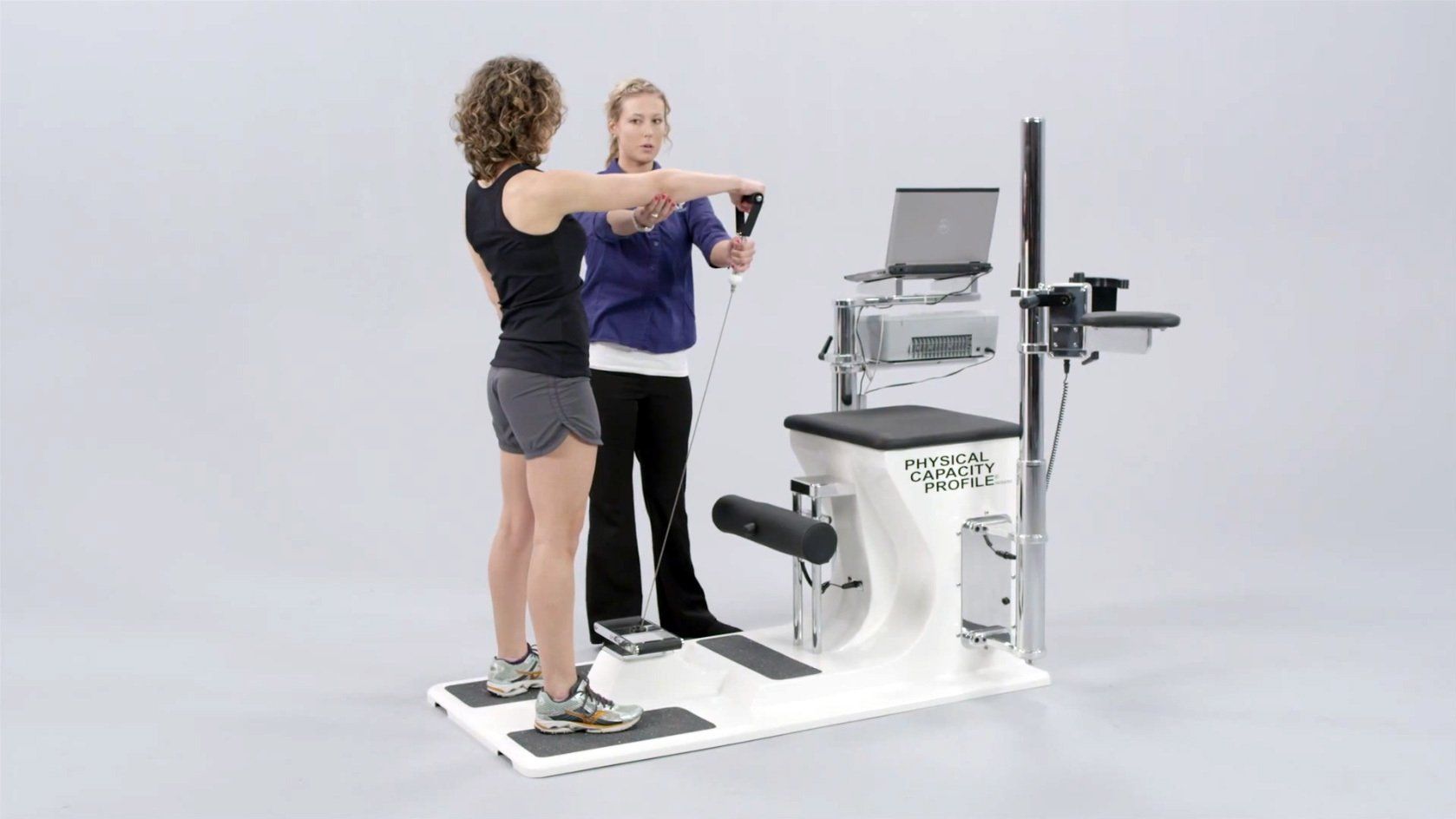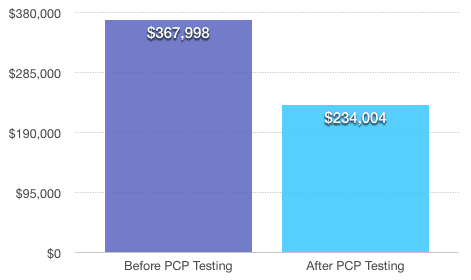Post Offer Employment Testing Decrease Job-Related Injuries

The hiring process continues to remain a near notion of guesswork when attempting to find the right candidate. With the implementation of drug testing and education requirements, opportunities in certain fields have not so much become limited, as much as they have become more specified. A recent study conducted by Gary L. Harbin, of Salina Sports Medicine Clinic and the University of Kansas School of Medicine in Kansas City ; Catherine Shenoy, of the University of Kansas School of Business in Lawrence; Amy Garcia, of the Wichita Publics Schools in Wichita, Kan.; and John C. Olson, of Salina Sports Medicine Clinic, showed post-offer functional capacity evaluation (FCE) testing within labor intensive industries will more accurately define the job requirements, while also enabling employers to more accurately hire qualified candidates. This has resulted in statistically significant lower injuries to employees, a safer work environment and of course concomitantly lower medical expenses for the employer.
According to a separate study by Harbin and Olson in 2005, one-third of the nation’s workers are required to exert strenuous force in their daily jobs. This requirement is also the direct cause of various injuries, resulting in high-medical costs for companies, financial and mental stress on employees, along with the increased potential for permanent impairment of workers.
This recent study, conducted among the Wichita Public Schools custodial staff, studied the effect of implementing a post-offer test for hired employees, which included a physical capacity test with direct correlation to the job requirements. Rather than focus on multiple work-related injuries, the research team chose to concentrate on shoulder injuries due to the school district indicating these injuries had accounted for more than 50 percent of the work-related injury costs during fiscal years 2001 and 2002.
There were two control groups studied. The first group included 497 employees hired between 1999 and 2001, when the school district had no post offer testing; and the second group included 402 applicants of whom 248 were hired between 2002 and 2004 after passing the post-offer test. In that second group, 39 percent proved incapable of handling the physical demands of the custodial job and were not hired.
The 248 employees (61 percent), who underwent the post-offer test and demonstrated the ability to meet the custodial job requirements, suffered zero shoulder injuries throughout all three years. The employees, who were not required to be tested, suffered 19 shoulder injuries from years 1999 to 2004. More than 25 percent of those injuries were sustained in their respective first year of employment

After implementing post offer employment testing in the Wichita school district, the medical costs from shoulder injuries significantly decreased, and between the two groups, the control group’s average cost of medical claims was seven times higher than those of the test group.
Annually, for the first four years before implementing the post-offer test, the average claims cost totaled $367,998. This number drastically dropped by $133,994 to $234,004 after implementing the test. This new testing program lowered the custodial staff medical costs from 60 percent to 25 percent of the school district’s total workers’ compensation costs.
This study suggests, that since there were no shoulder injuries in the custodial workers who passed the post-offer test, those of the control group who were injured most likely sustained shoulder injuries due to their inability to physically perform their duties. Therefore, assessing an individual’s ability to physically meet the requirements of a labor-intensive job will not only help ensure workers remain healthy and safe, but also could substantially save a company financially in medical costs and ensure employers hire the most qualified candidates.










